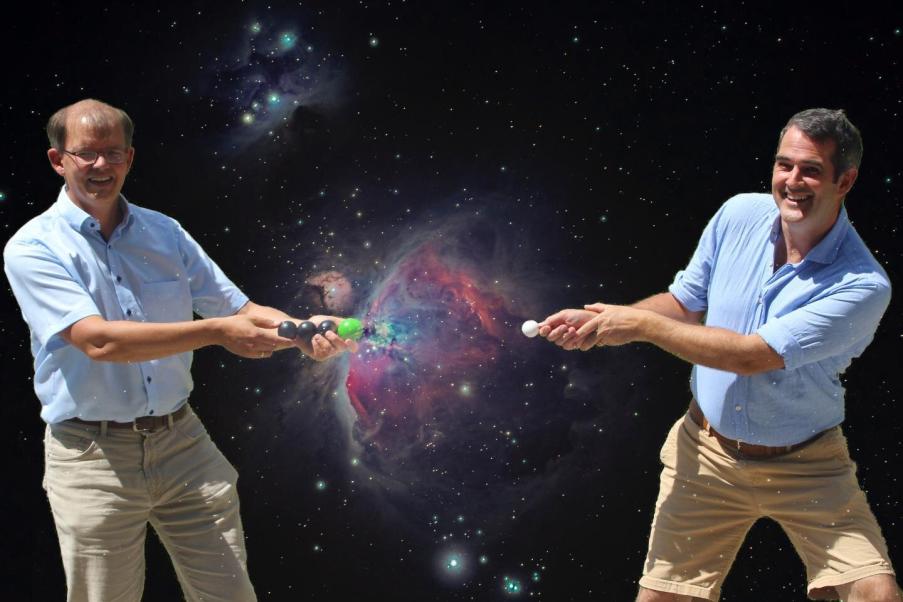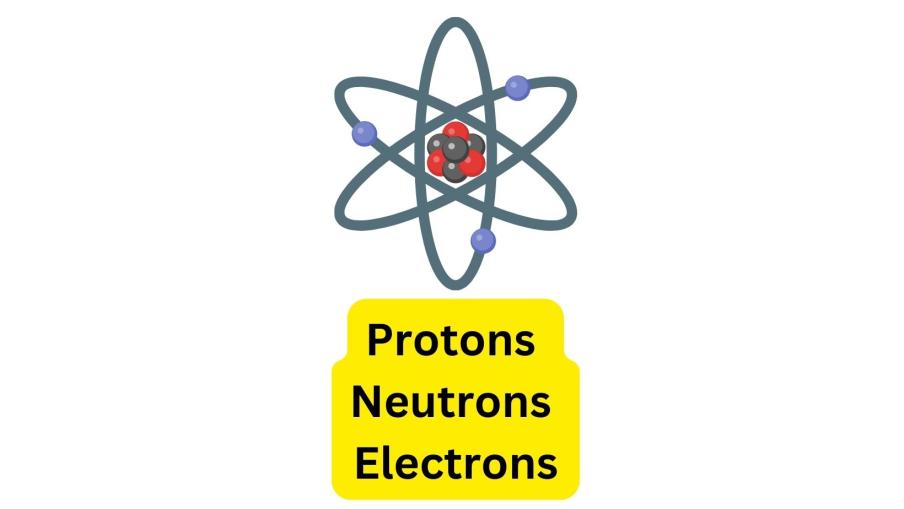Delving into the Science: How Do Electrons Interact with Earth's Magnetic Field?
The Earth's magnetic field, an invisible force that permeates our planet, plays a crucial role in various natural phenomena and technological applications. At the heart of these interactions lie electrons, the fundamental particles that carry electric charge. Understanding how electrons interact with the Earth's magnetic field is essential for unraveling the mysteries of our planet's magnetic environment and harnessing its potential for scientific and technological advancements.

I. Understanding Earth's Magnetic Field
A. Earth's Magnetic Field: An Overview
The Earth's magnetic field is a dynamic phenomenon generated by the movement of molten iron in the Earth's core. This field extends from the Earth's interior to the vast reaches of space, creating a protective shield against harmful cosmic radiation.
- Poles: The Earth's magnetic field has two poles, a North Magnetic Pole and a South Magnetic Pole, which roughly align with the geographic poles.
- Strength: The strength of the Earth's magnetic field varies from place to place, ranging from about 25,000 nanoteslas at the equator to over 60,000 nanoteslas at the poles.
- Direction: The Earth's magnetic field lines run from the South Magnetic Pole to the North Magnetic Pole, creating a global magnetic field pattern.
B. Generation Of The Magnetic Field
The Earth's magnetic field is generated through a process known as the geodynamo. This process involves the movement of molten iron in the Earth's outer core, which is composed primarily of iron and nickel. As these molten metals move, they create electric currents, which in turn generate magnetic fields. The combined effect of these currents produces the Earth's magnetic field.
II. Electron Motion In A Magnetic Field
A. Charged Particle Motion In A Magnetic Field

Charged particles, such as electrons, experience a force when they move through a magnetic field. This force, known as the Lorentz force, is perpendicular to both the particle's velocity and the magnetic field direction.
- Lorentz Force: The Lorentz force is given by the equation F = qvB sinθ, where q is the charge of the particle, v is its velocity, B is the magnetic field strength, and θ is the angle between v and B.
- Circular Motion: When an electron moves perpendicular to a magnetic field, it experiences a force that causes it to move in a circular path.
- Helical Motion: When an electron moves at an angle to a magnetic field, it experiences a force that causes it to move in a helical path, a combination of circular and linear motion.
B. Electrons In Earth's Magnetic Field
Electrons, being charged particles, are affected by the Earth's magnetic field. This interaction gives rise to various phenomena and has significant implications for our understanding of Earth's magnetic environment.
- Deflection of Cosmic Rays: The Earth's magnetic field deflects cosmic rays, high-energy particles from space, away from the Earth's surface. This deflection protects life on Earth from harmful radiation.
- Formation of the Van Allen Belts: The Earth's magnetic field traps high-energy electrons and protons in two regions known as the Van Allen belts. These belts surround the Earth and play a role in shaping Earth's radiation environment.
- Auroras: The interaction between electrons and the Earth's magnetic field near the poles gives rise to auroras, spectacular light displays that occur in the night sky.
III. Electron Interactions With The Magnetic Field
A. Deflection Of Cosmic Rays
Cosmic rays, consisting of high-energy protons and atomic nuclei, are constantly bombarding the Earth's atmosphere. The Earth's magnetic field deflects these cosmic rays, preventing them from reaching the Earth's surface. This deflection is more pronounced at the poles, where the magnetic field lines are strongest.
B. Formation Of The Van Allen Belts
The Earth's magnetic field traps high-energy electrons and protons in two regions known as the Van Allen belts. These belts surround the Earth and extend from about 1,000 kilometers to over 60,000 kilometers above the Earth's surface. The inner Van Allen belt contains high-energy protons, while the outer Van Allen belt contains high-energy electrons.
C. Auroras
When high-energy electrons from the solar wind or the Van Allen belts interact with the Earth's magnetic field near the poles, they collide with atoms and molecules in the atmosphere, causing them to emit light. This phenomenon gives rise to auroras, also known as the Northern Lights and Southern Lights, which are spectacular light displays that occur in the night sky.
IV. Applications Of Electron-Magnetic Field Interactions
The interactions between electrons and the Earth's magnetic field have practical applications in various fields.
- Magnetometers: Magnetometers are devices that measure the strength and direction of magnetic fields. They are used in various applications, including navigation, surveying, and mineral exploration.
- Compasses: Compasses are devices that use the Earth's magnetic field to indicate the direction of magnetic north. They are essential for navigation and orientation.
- Particle Accelerators: Particle accelerators use magnetic fields to accelerate charged particles to high energies. These accelerators are used in scientific research and medical applications.
V. Conclusion
The interaction between electrons and the Earth's magnetic field is a fascinating and complex phenomenon that has profound implications for our understanding of Earth's magnetic environment and its impact on life on Earth. From the deflection of cosmic rays to the formation of auroras, these interactions shape our planet's radiation environment and provide valuable insights into the dynamic processes occurring within the Earth's core. As we continue to explore the intricacies of this interaction, we unlock new possibilities for scientific discovery and technological advancements, paving the way for a deeper understanding of our planet and its place in the universe.
YesNo

Leave a Reply